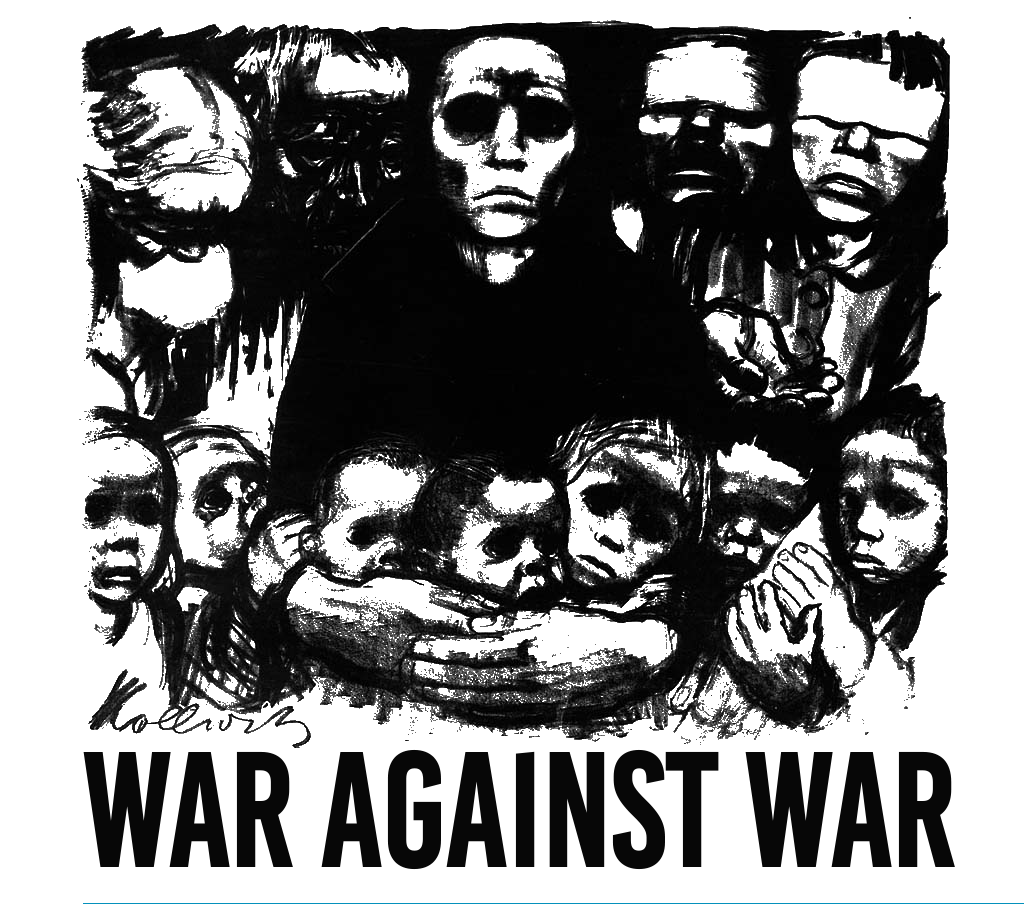Does leader age matter for the likelihood of interstate conflict? Many studies in biology, psychology, and physiology have found that aggression tends to decline with age throughout the adult lifespan, particularly in males. Moreover, a number of major international conflicts have been attributed to young leaders, including the conquests of Alexander the Great and the ambitious military campaigns of Napoleon. However, the exact nature of the relationship between leader age and international conflict has been difficult to study because of the endogeneity problem. Leaders do not come to power randomly. Rather, many domestic and international factors influence who becomes the leader of a country, and some of these factors could correlate with the chances of interstate conflict. For instance, wary democratic publics might favor older leaders when future international conflict seems likely, inducing a relationship between older leaders and interstate conflict. This article overcomes such confounding by using a regression discontinuity design. Specifically, it looks at close elections of national leaders who had large differences in age. It finds that when older candidates barely defeated younger ones, countries were much less likely to engage in military conflict. Its sample is also fairly representative of democracies more broadly, meaning that the findings likely hold true for cases outside the sample. The results demonstrate the important role that individuals play in shaping world politics. They also illustrate the value of design-based inference for learning about important questions in the study of international relations and peace science.
This was originally published on SAGE Publications Ltd: Journal of Peace Research: Table of Contents.
